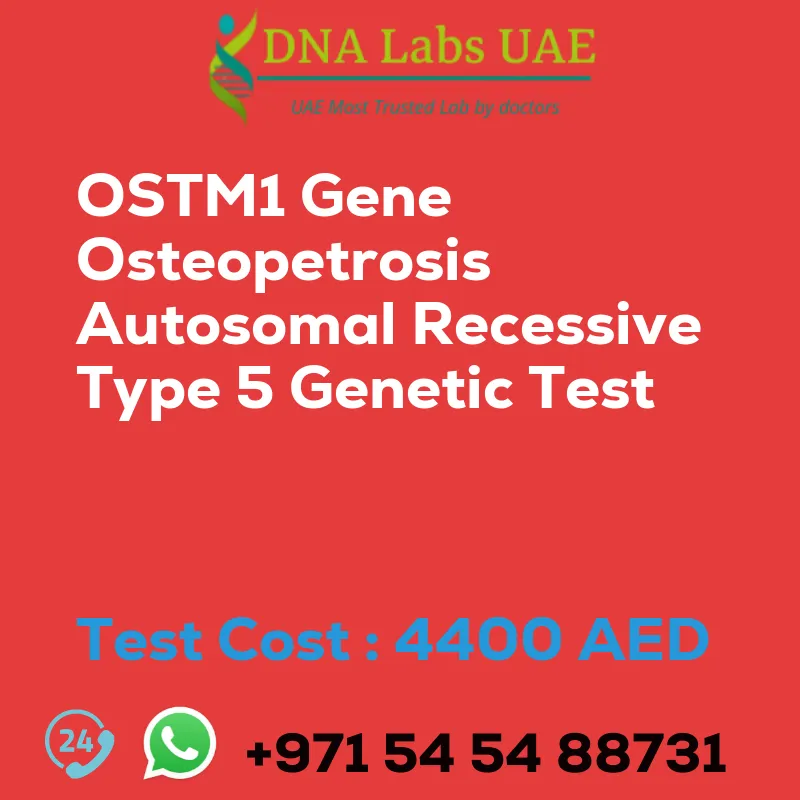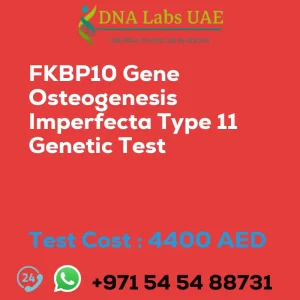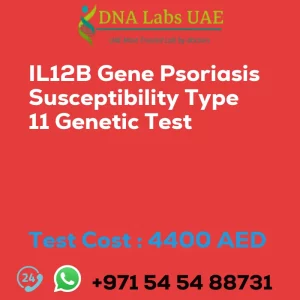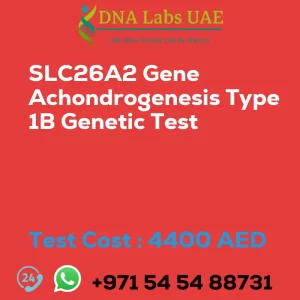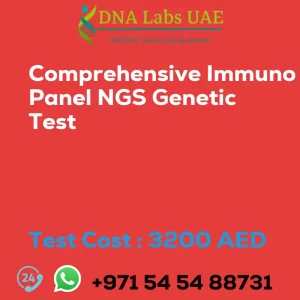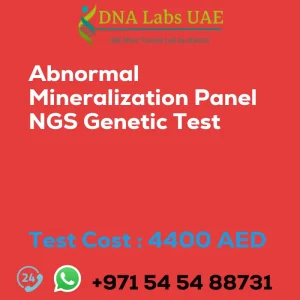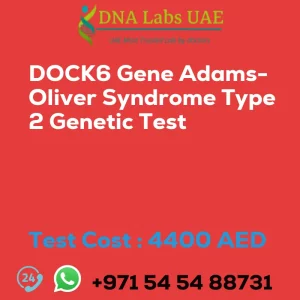OSTM1 Gene Osteopetrosis Autosomal Recessive Type 5 Genetic Test
Test Name: OSTM1 Gene Osteopetrosis Autosomal Recessive Type 5 Genetic Test
Components: Blood or Extracted DNA or One drop Blood on FTA Card
Price: 4400.0 AED
Report Delivery: 3 to 4 Weeks
Method: NGS Technology
Test Type: Osteology Dermatology Immunology Disorders
Doctor: Dermatologist
Test Department: Genetics
Pre Test Information: Clinical History of Patient who is going for OSTM1 Gene Osteopetrosis, autosomal recessive type 5 NGS Genetic DNA Test. A Genetic Counselling session to draw a pedigree chart of family members affected with OSTM1 Gene Osteopetrosis, autosomal recessive type 5 NGS Genetic DNA Test gene OSTM1
Test Details:
OSTM1 gene osteopetrosis, autosomal recessive type 5 NGS genetic test is a diagnostic test that uses next-generation sequencing (NGS) technology to analyze the OSTM1 gene for mutations associated with osteopetrosis, autosomal recessive type 5.
Osteopetrosis is a rare genetic disorder characterized by increased bone density and abnormal bone growth. It is caused by mutations in various genes, including the OSTM1 gene. Autosomal recessive type 5 is a specific subtype of osteopetrosis caused by mutations in the OSTM1 gene.
The NGS genetic test involves sequencing the DNA of an individual to identify any mutations or variations in the OSTM1 gene. This can help in confirming a diagnosis of osteopetrosis, autosomal recessive type 5 and providing information about the specific mutation present in the gene.
The test is usually performed on a blood or saliva sample collected from the individual. The sample is then sent to a laboratory where the DNA is extracted and sequenced using NGS technology. The resulting data is analyzed to identify any mutations or variations in the OSTM1 gene.
The NGS genetic test for OSTM1 gene osteopetrosis, autosomal recessive type 5 can provide important information for genetic counseling, family planning, and potential treatment options. It can help in understanding the underlying cause of the condition and guiding personalized management strategies.
| Test Name | OSTM1 Gene Osteopetrosis autosomal recessive type 5 Genetic Test |
|---|---|
| Components | |
| Price | 4400.0 AED |
| Sample Condition | Blood or Extracted DNA or One drop Blood on FTA Card |
| Report Delivery | 3 to 4 Weeks |
| Method | NGS Technology |
| Test type | Osteology Dermatology Immunology Disorders |
| Doctor | Dermatologist |
| Test Department: | Genetics |
| Pre Test Information | Clinical History of Patient who is going for OSTM1 Gene Osteopetrosis, autosomal recessive type 5 NGS Genetic DNA Test. A Genetic Counselling session to draw a pedigree chart of family members affected with OSTM1 Gene Osteopetrosis, autosomal recessive type 5 NGS Genetic DNA Test gene OSTM1 |
| Test Details |
OSTM1 gene osteopetrosis, autosomal recessive type 5 NGS genetic test is a diagnostic test that uses next-generation sequencing (NGS) technology to analyze the OSTM1 gene for mutations associated with osteopetrosis, autosomal recessive type 5. Osteopetrosis is a rare genetic disorder characterized by increased bone density and abnormal bone growth. It is caused by mutations in various genes, including the OSTM1 gene. Autosomal recessive type 5 is a specific subtype of osteopetrosis caused by mutations in the OSTM1 gene. The NGS genetic test involves sequencing the DNA of an individual to identify any mutations or variations in the OSTM1 gene. This can help in confirming a diagnosis of osteopetrosis, autosomal recessive type 5 and providing information about the specific mutation present in the gene. The test is usually performed on a blood or saliva sample collected from the individual. The sample is then sent to a laboratory where the DNA is extracted and sequenced using NGS technology. The resulting data is analyzed to identify any mutations or variations in the OSTM1 gene. The NGS genetic test for OSTM1 gene osteopetrosis, autosomal recessive type 5 can provide important information for genetic counseling, family planning, and potential treatment options. It can help in understanding the underlying cause of the condition and guiding personalized management strategies. |

